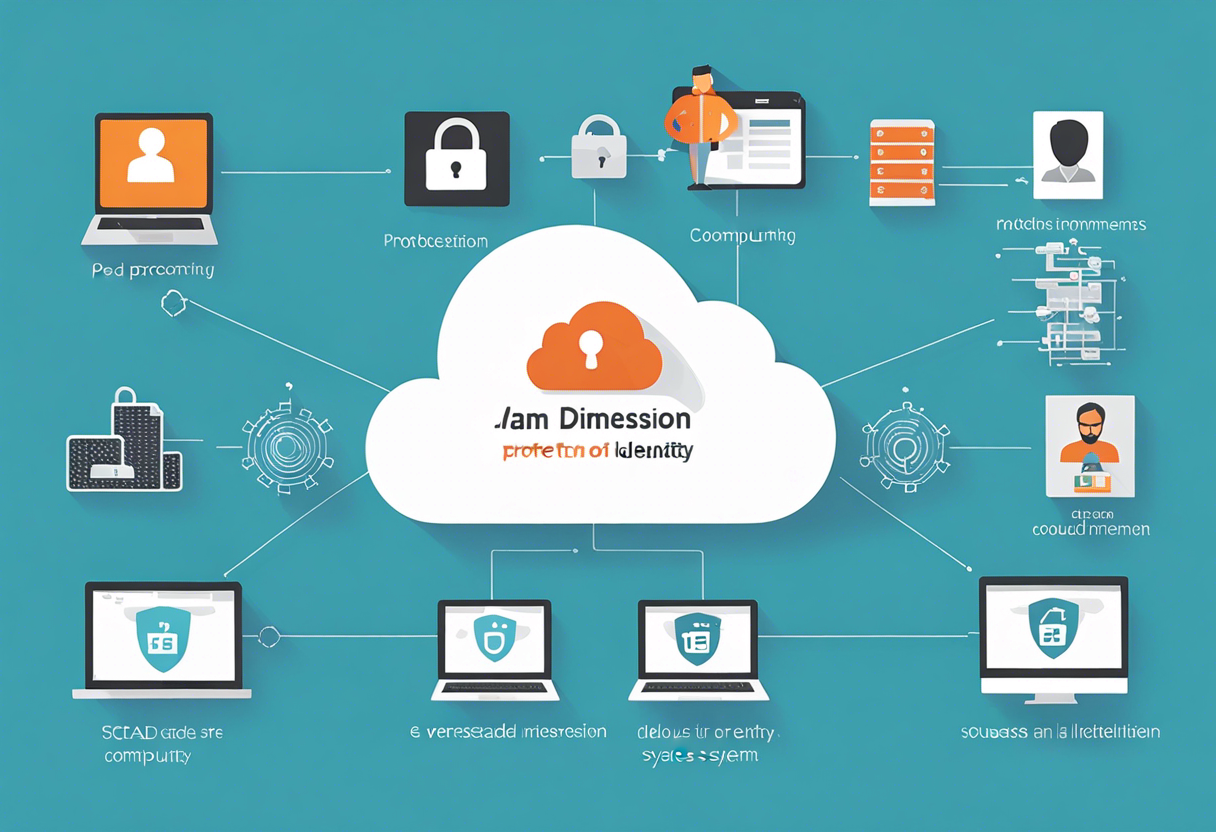Mastering the Skies: Top Five Dimensions in Navigating Cloud Computing Identity and Access Management
As we hover our eyes towards the horizon of Information Technology, we notice a swelling wave of a revolution: Cloud Computing. What once were giant, physical servers lining up in dingy data centers, we now witness an ephemeral world of virtual data clouds. There's a key issue here though, Skynet isn't a fairy tale anymore, there are genuine concerns for secure digital protocols. The evolving realm of cyber security has now moved beyond physical barriers, into the limitless expanse of the cloud.
This transition to cloud computing has amplified the need for robust Identity and Access Management (IAM). Traditional methods of securing systems and data are not designed to cover expansive, amorphous cloud environments. Moreover, the advent of mobile logging and public hotspots add another layer of complexity to security concerns. The digital landscape is ever transforming, which leaves IAM to evolve and adapt accordingly.
The complexity of IAM in cloud opens a Pandora’s box of opportunities for hackers and malicious users. There are numerous strategies that they openly exploit to gain unauthorized access. As we delve in, we find that number of dimensions getting entangled, creating a web of digital security concerns.
IAM Dimension: Protection of Identity Data

Let us begin dissecting the intricacies of cloud IAM, starting with identity protection. Every user is assigned an identity, which they use to access systems, data, or resources. This identity can be compromised in numerous ways, either through breaches, phishing, malware, or even false identities.
Cloud computing creates an environment where identities are not just localized to one physical server but are spread across multiple servers, potentially spread around the world. This vastly increases the risk of identity compromise. Protection of this identity data, therefore, becomes paramount. If the identity is compromised, the malicious user would have the same data access privileges as the original user. This is a frightening prospect.